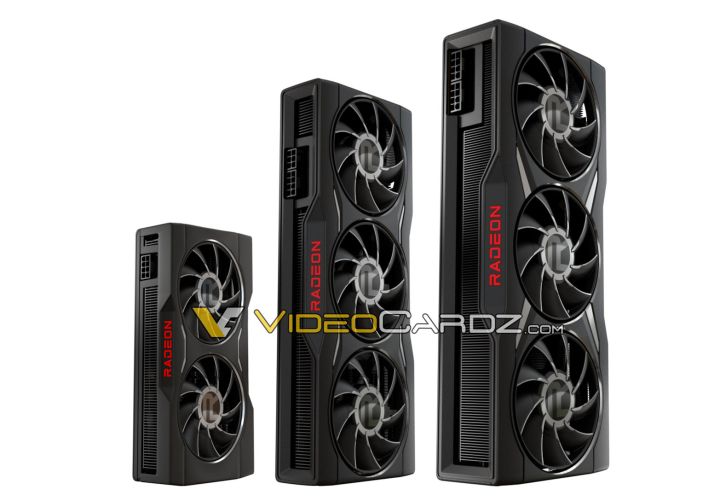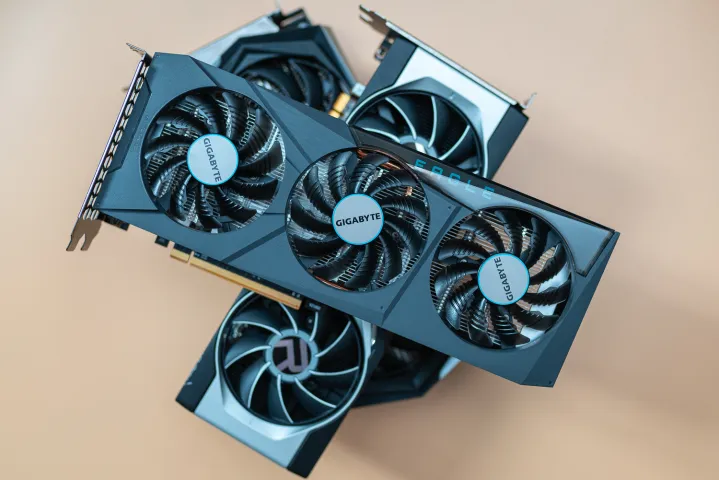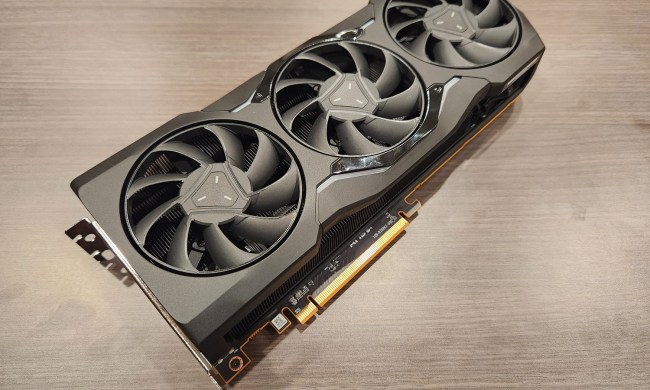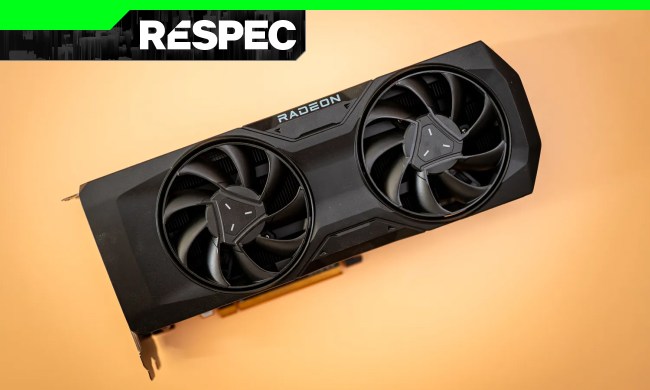The specifications of the upcoming AMD Radeon RX RDNA 2 refresh have leaked ahead of the release of those graphics cards.
Alongside the confirmed specs, we now know that AMD is most likely planning to release the new GPUs on May 10.

Previous rumors pointed toward an April 20 release date for the RDNA 2 refresh, but that obviously didn’t happen. However, we can now say with a degree of certainty that regardless of whether AMD makes the May 10 release date or not, the graphics cards are on the horizon — and as such, it’s time to look at their specifications. There’s plenty to be excited about, with high-end, mid-range, and budget models in the lineup.
AMD will be releasing a total of three graphics cards in the Radeon RX 6000 update: The Radeon RX 6950 XT, the Radeon RX 6750 XT, and the Radeon RX 6650 XT. They are said to offer a performance upgrade from the previous versions, although the differences may not be massive.
The upcoming AMD Radeon RX 6950 XT is going to be the star of the new lineup, set to defeat its predecessor, the RX 6900 XT. It comes with the Navi 21 XTXH GPU and contains the full die with 80 compute units (CUs) and 5,120 stream processors (SPs) as well as 16GB of GDDR6 memory across a 256-bit bus interface. The base GPU clock is going to be set at 2.1GHz with the option to boost it to 2.3GHz. The card also comes with 80 ray accelerators and up to 23.65 teraflops (TFLOPs) of FP32 peak performance.
Aside from the standard 16GB of memory, the graphics card also utilizes AMD’s Infinity Cache technology to add a 128MB cache on the GPU die. This brings a massive benefit for the RX 6950 XT in terms of bandwidth, turning the standard 512GB/s into something up to three times higher, maxing out at 1.728.2TB/s.
Of course, the graphics cards will also be released in custom flavors prepared by AMD’s partners. One such Sapphire RX 6950 XT Toxic GPU has already been spotted by Chiphell member RaulMee. That version of the card will allegedly sport a 346-watt total graphics power (TGP) and bring the clock speed up to 2,565MHz (255MHz more than AMD’s reference model). Sapphire may also have other models of the RX 6950 XT in the works, including the RX 6950 XT Nitro+ Special Edition and the base Nitro+.
Moving on to the Radeon RX 6750 XT, the card will feature the Navi 22 XT GPU and will come with 40 compute units and ray accelerators as well as 2,560 stream processors. The base “Game” clock is going to be 2,495MHz with the option to boost it up to 2,600MHz. This is combined with 12GB of GDDR6 memory as well as 96MB of Infinity Cache, adding up to an effective bandwidth of 1.326GB/s.

Both Sapphire and Biostar are preparing their own versions of the AMD Radeon RX 6750 XT, and VideoCardz shared more information about these models. Sapphire’s Nitro 6750 XT will feature a 230-watt TGP. Both the Sapphire and Biostar versions seem very close to the reference model in terms of specifications.
The last new GPU in the lineup is the AMD Radeon RX 6650 XT, a card that’s shaping up to be a real budget treat. The specifications of the base model from AMD include the Navi 23 XT GPU with 11.06 billion transistors, 32 compute units, and 2,048 stream processors. It features 8GB of GDDR6 memory with a 32MB Infinity Cache, resulting in an effective bandwidth of up to 468GB/s. The Biostar version comes with a custom cooling solution with a larger heatsink.
The specifications of the three new AMD GPUs have been confirmed by Wccftech, but of course, until the cards are officially released, we may not know anything with a hundred percent certainty. Wccftech speculates that the pricing of the GPUs may be similar to their predecessors. This means that we’d see the Radeon RX 6950 XT with a rough MSRP of $1,000, the RX 6750 XT for around $500, and the RX 6650 XT for around $400. That sounds much better than the previous leaks about the pricing.



